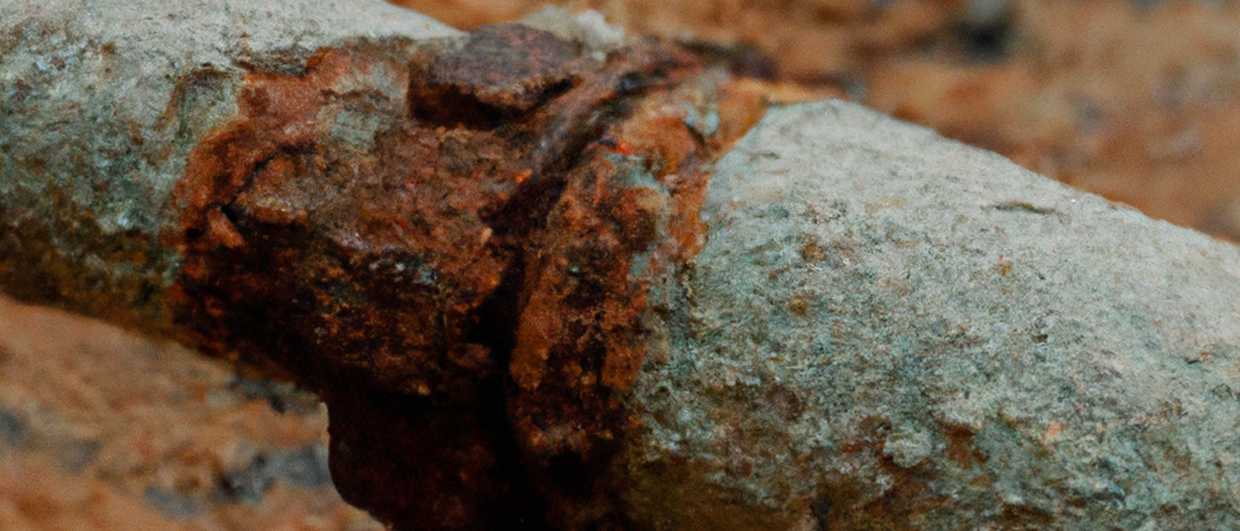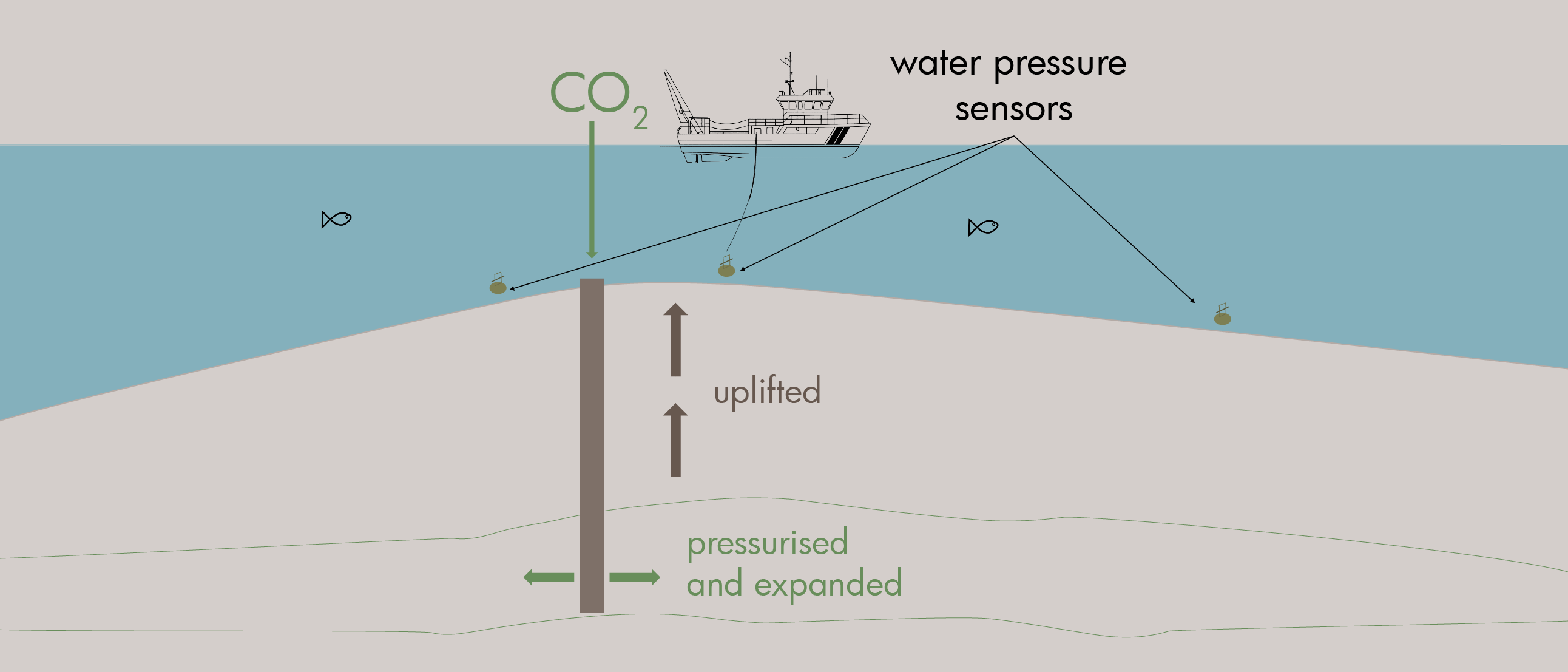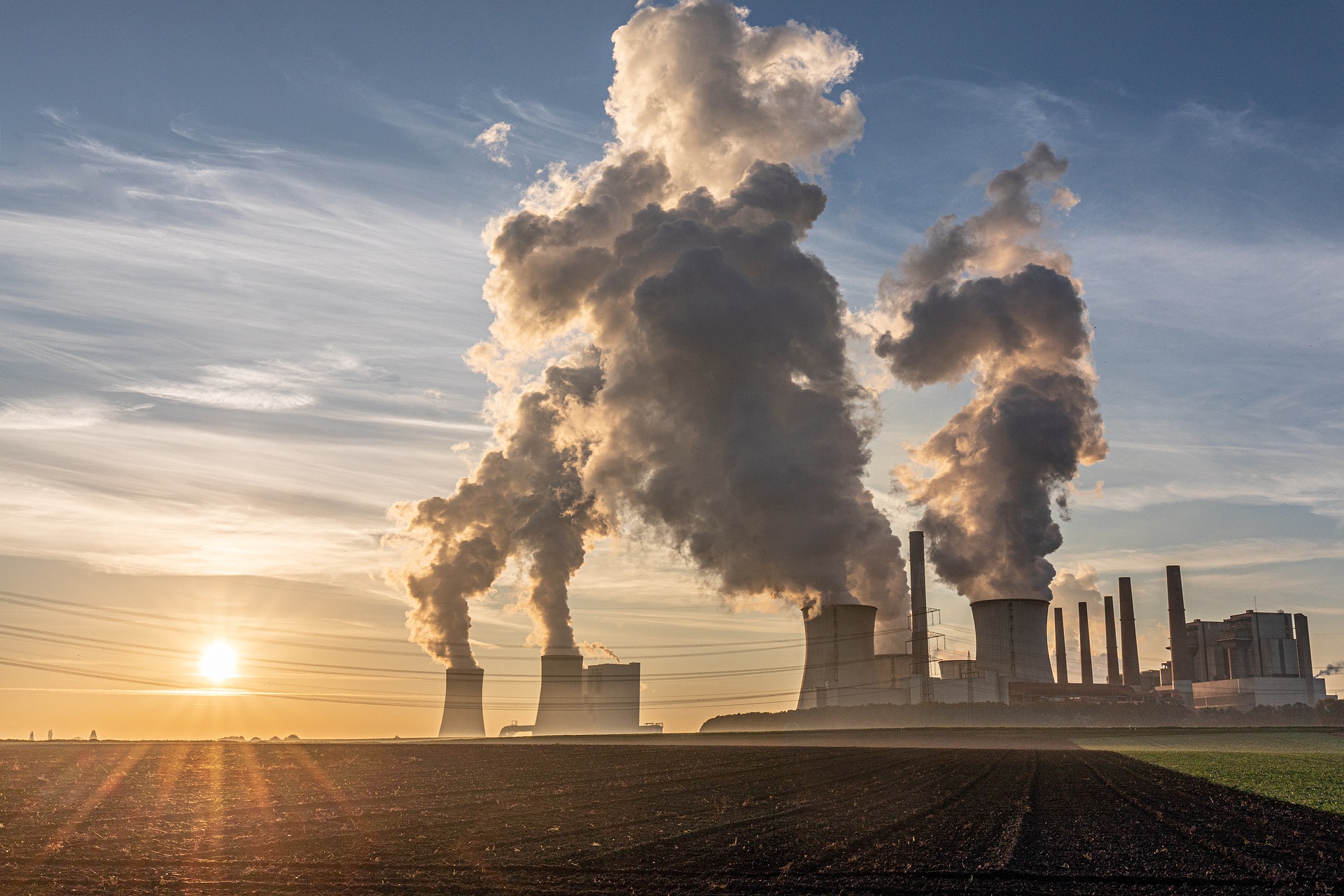“The key challenge when it comes to storing CO2 is containment”, says Raffik Lazar, CEO of Dubai-based GeomodL International. “And the only element I can trust in the containment scenario is the geological one; legacy wells are not part of that. To be honest, I don’t think anyone can guarantee that old wells are 100% safe when it comes to their ability to keep CO2 in its place in the subsurface.”
“There are so many factors that can play a role, for example how the abandonment was carried out. In the past, they may just have put a plug at the top and that was it. And even when you know where the plugs were set, how do you know what the integrity is? And what happens when you inject fluids in the reservoirs, resulting in a pressure rise?”
Can old wells and their cement plugs withstand these rising pressures? “I am not so sure”, continues Raffik, “because I have been in the field in Southeast Asia where I observed pressure build up in both the A and B annuli in many abandoned wells. This can express itself as the appearance of bubbles at the sea floor. If you are lucky, you can even monitor pressure increase in the annuli because a gauge was fitted when the well was abandoned.”
“What concerns me even more is the possibility of CO2 migrating behind casing, making its way up and possibly into other formations at a shallower depth.”
But even when some leakage happens, especially offshore, is it really that bad? “The issue I have with it, says Raffik, is the fact that leakage at the surface is the top of the iceberg. How much CO2 has already made its way to shallower aquifers in that case, for instance?”
Going back to old wells to do a workover is not a very straightforward thing either, not least because it incurs additional costs even before the start of injection. And the older the wells, the poorer the state it will be. “I worked on an old gas field with wells drilled in the 1960’s and 70’s”, concludes Raffik. “There was almost nothing left in the hole, with the casing heavily corroded to about 80%. In addition, cement de-bonding could also be observed, creating space between the formation and the plug. With that in mind, I would strongly favour storage sites with a minimal number of well penetrations, and you see why I’m saying that!”






